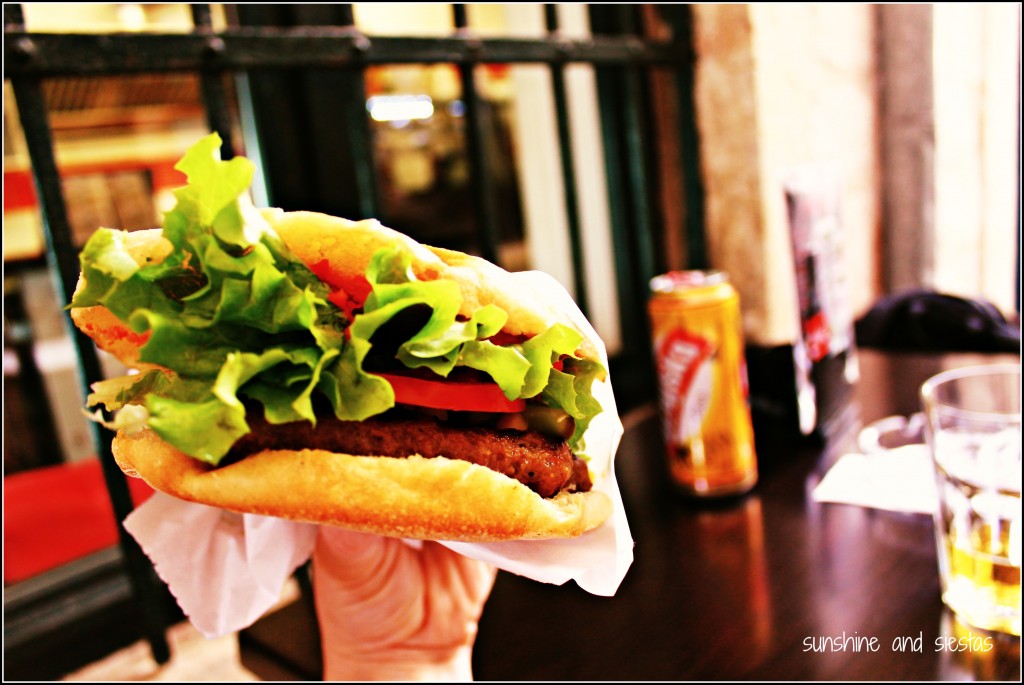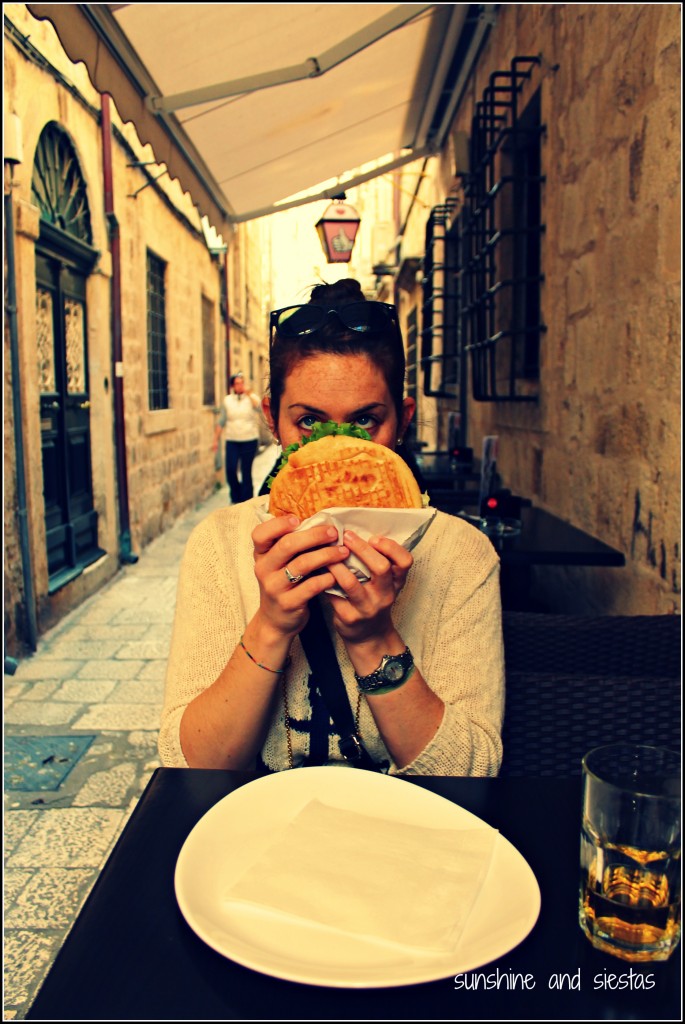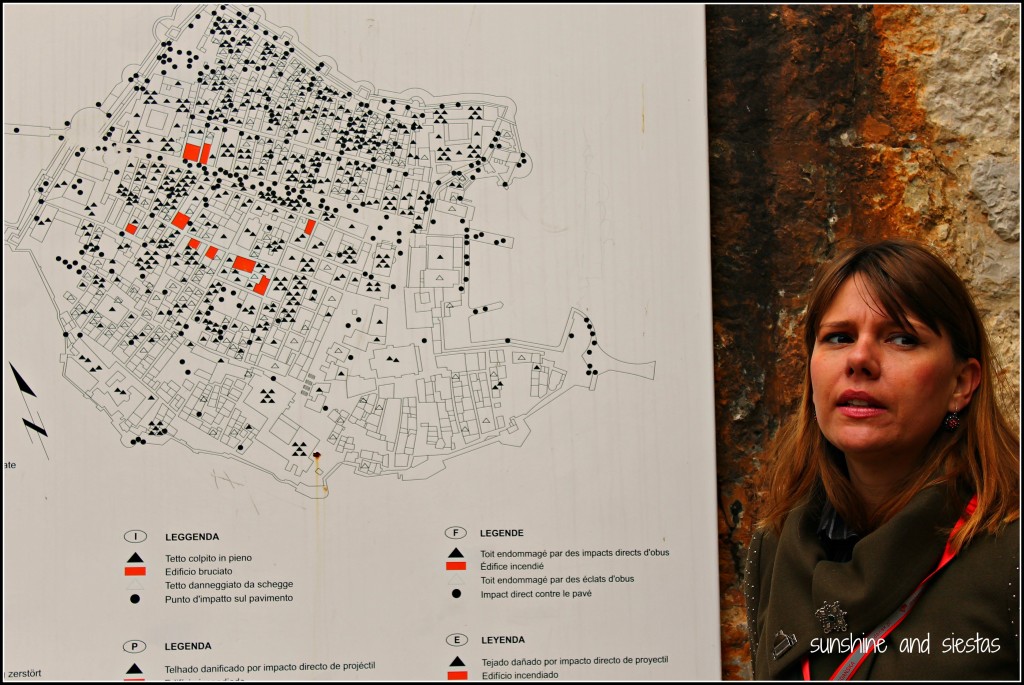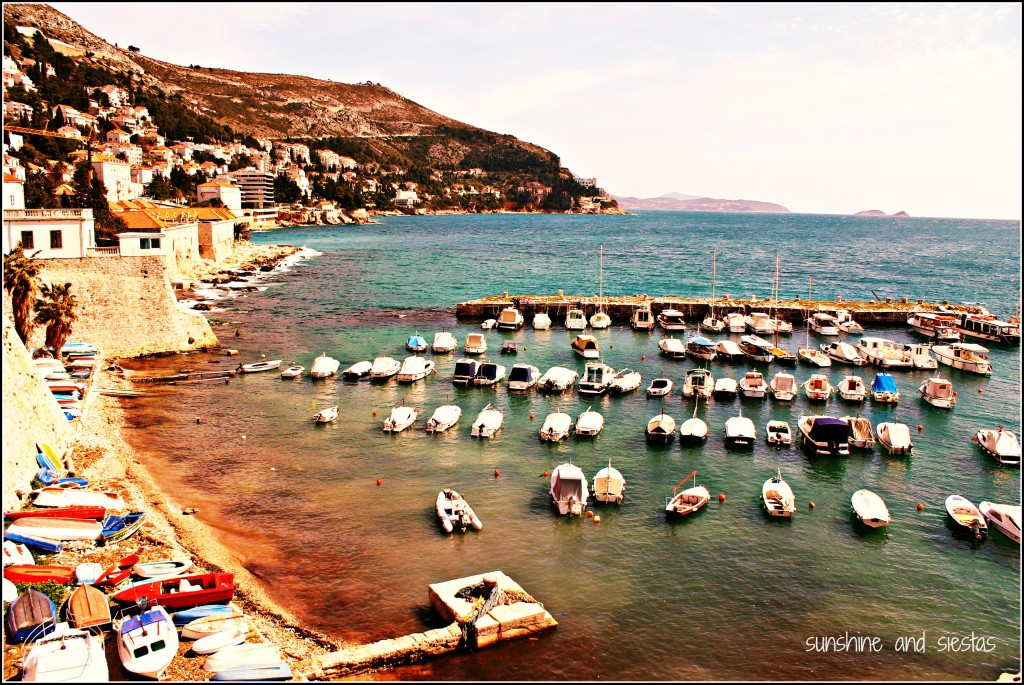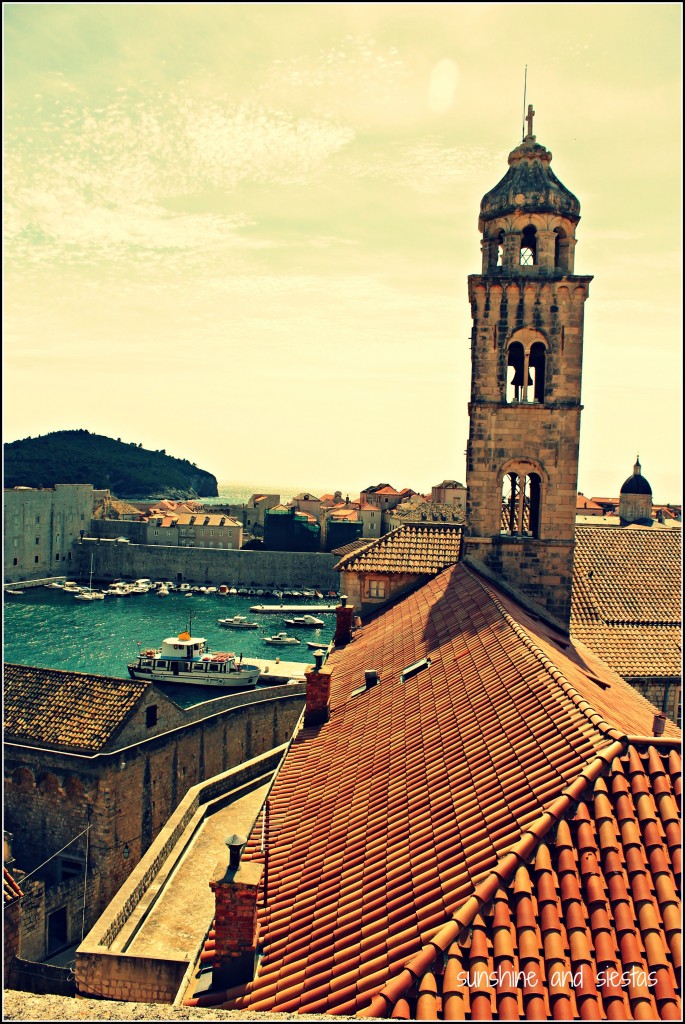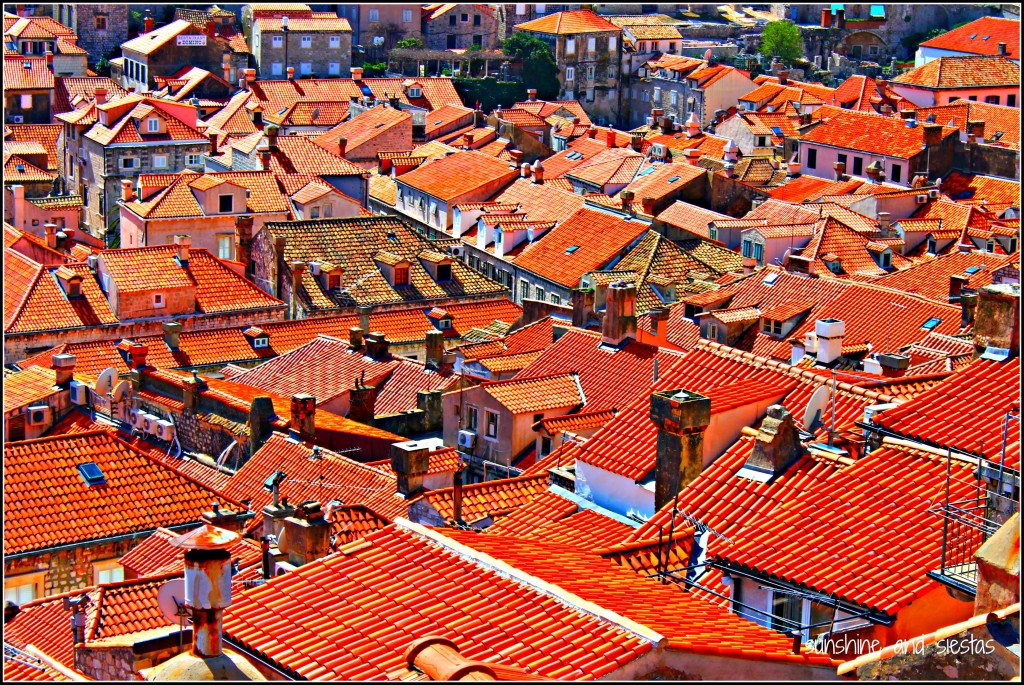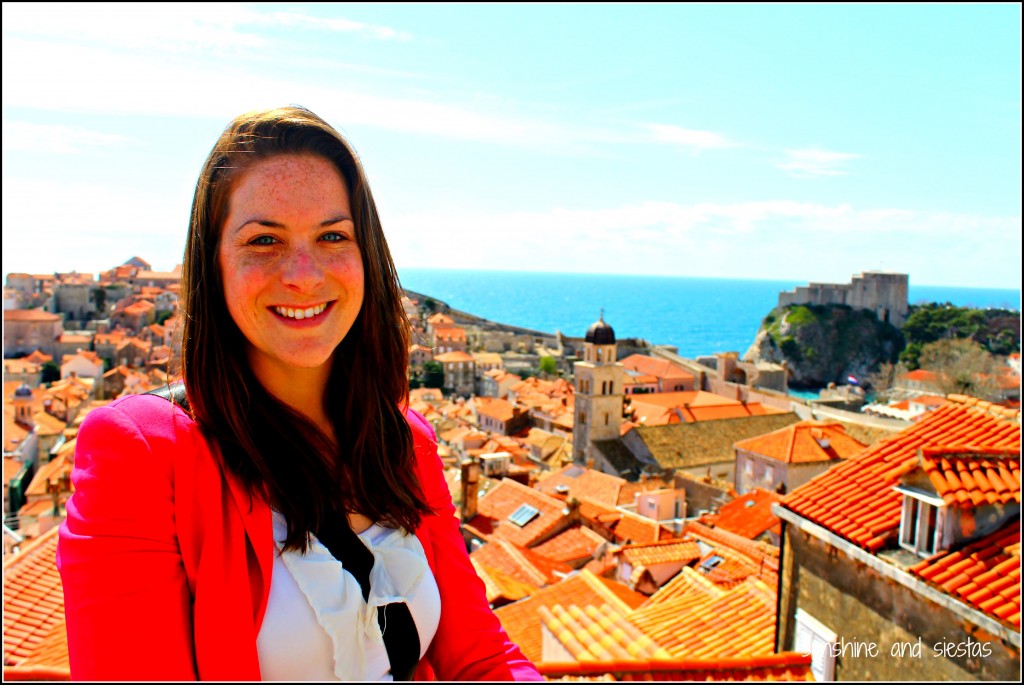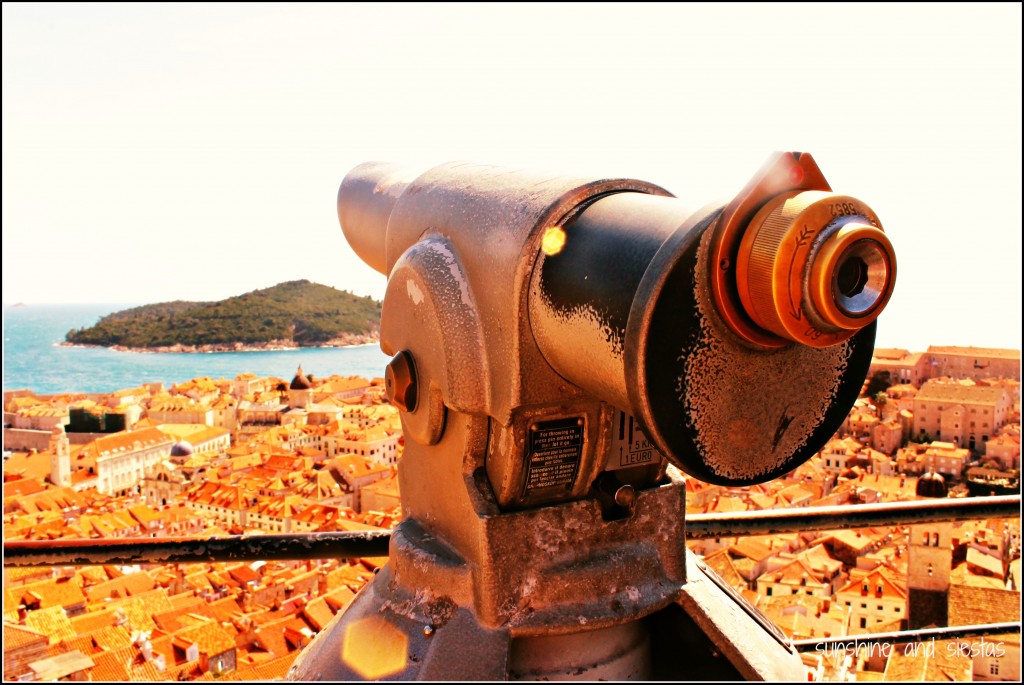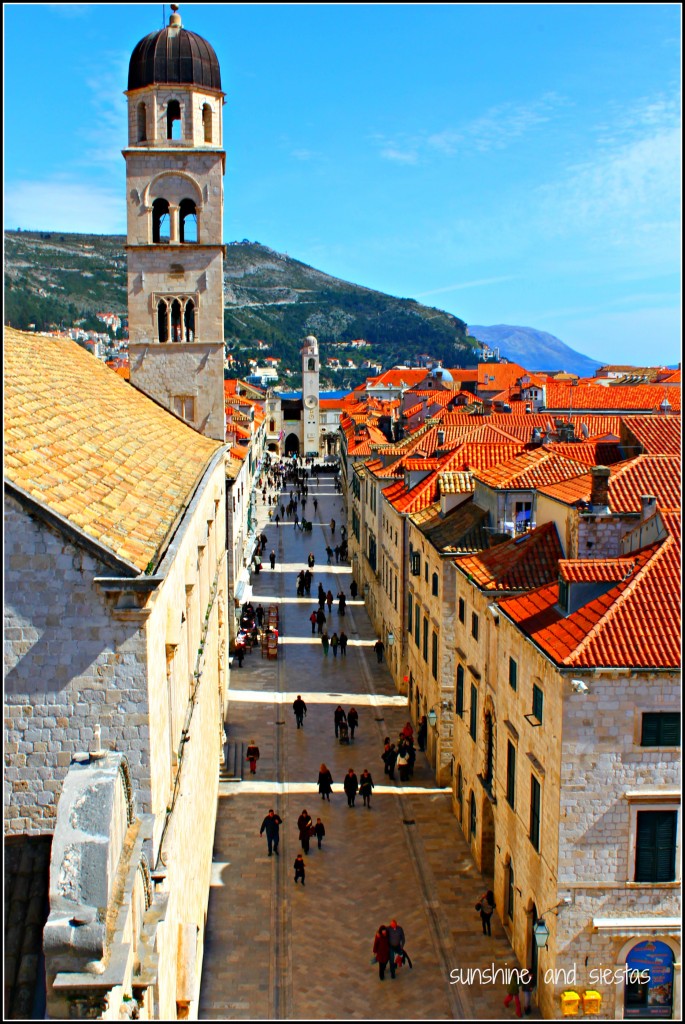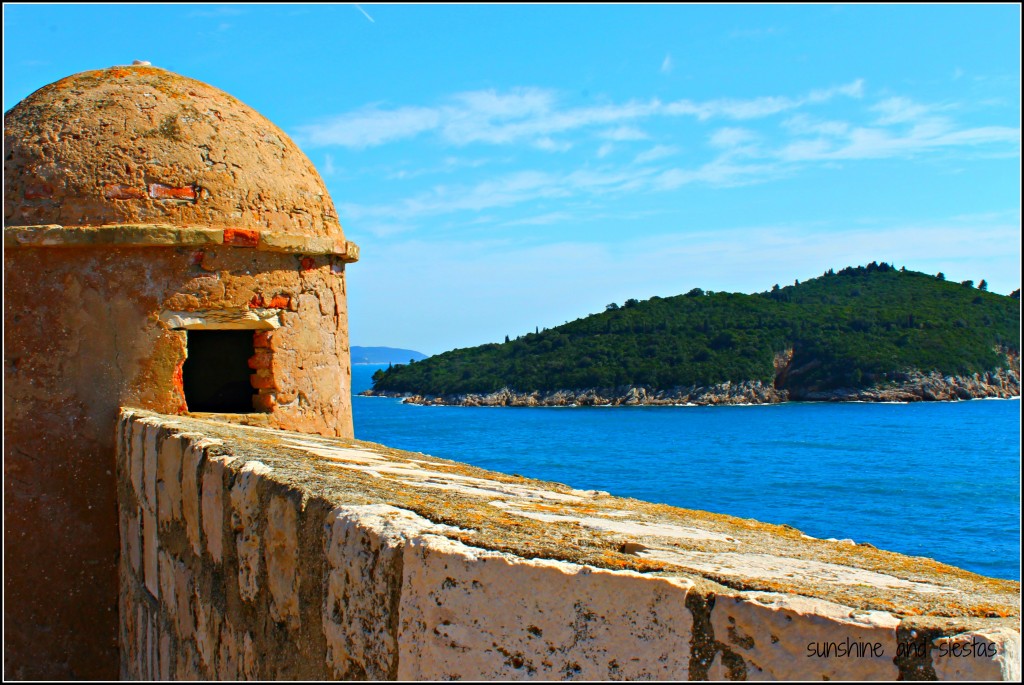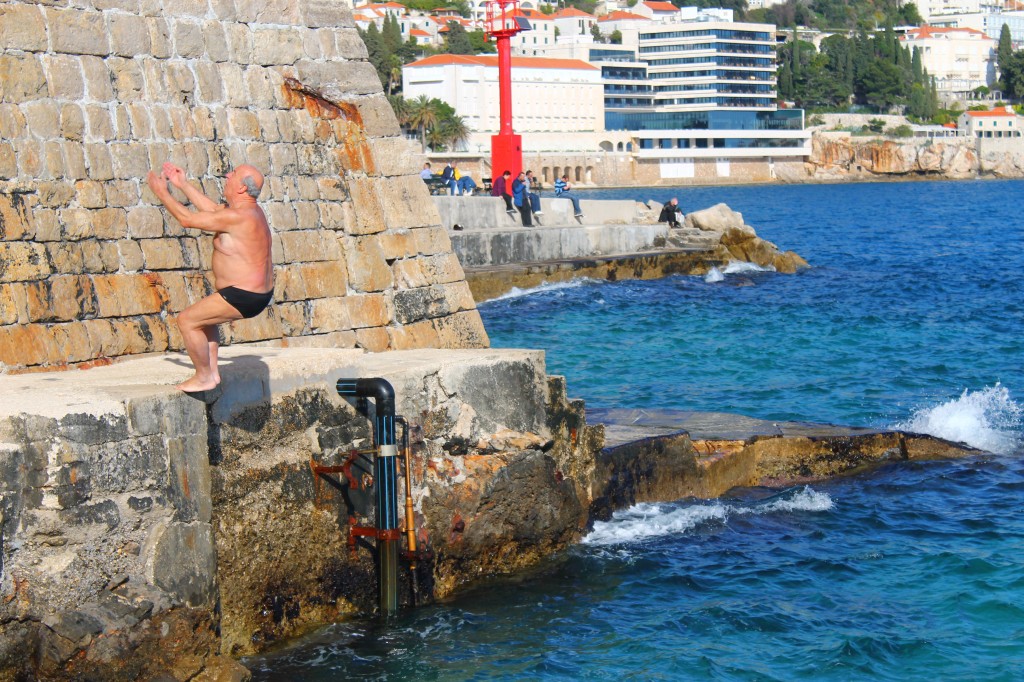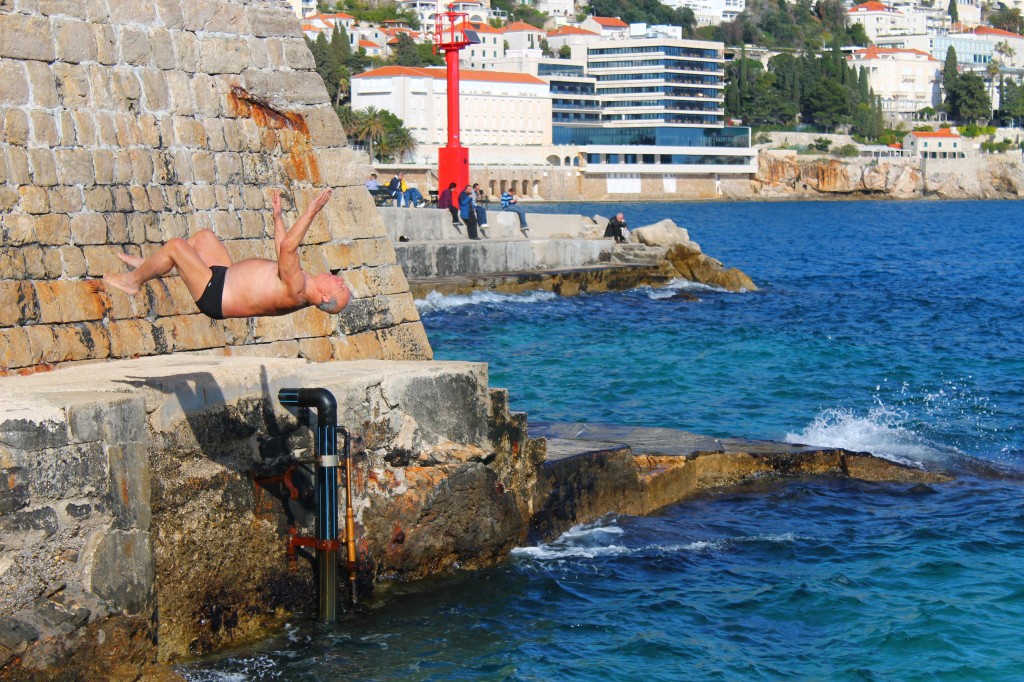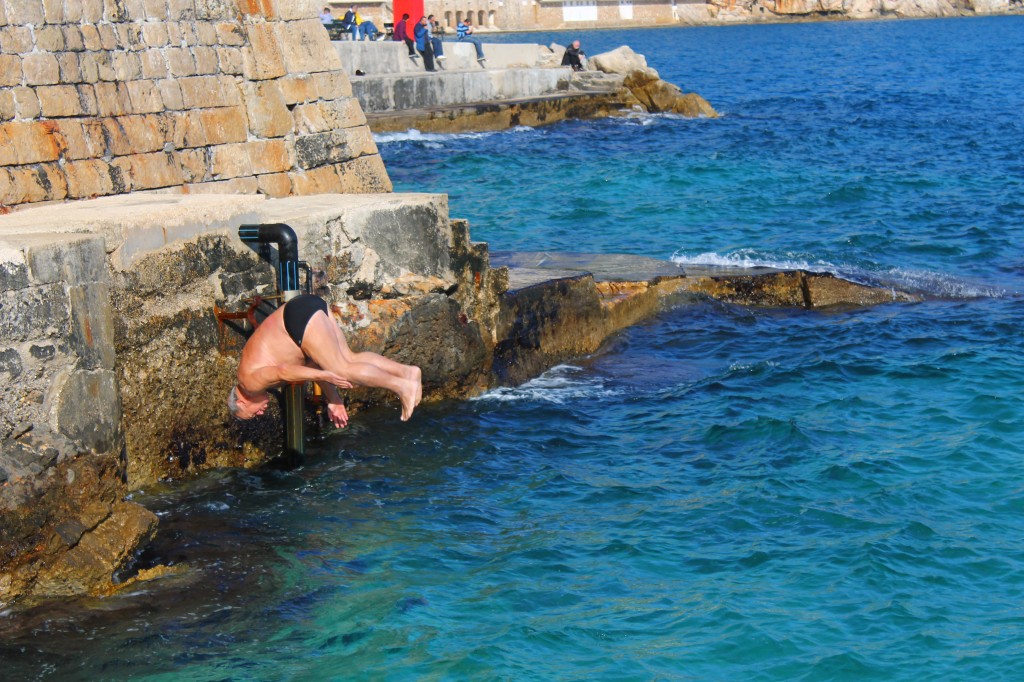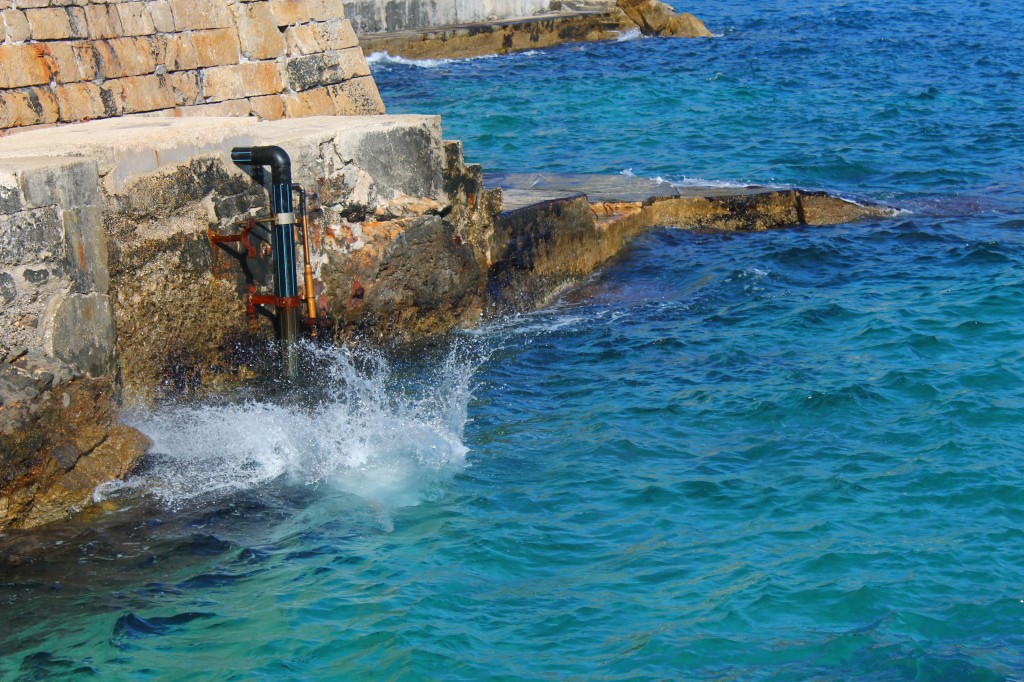Right, this blog is about Spain, and Tapa Thursdays should be about Spanish tapas.
But I can’t get over the spicy sausage sandwiches we ate in the Balkans, called cevapi. It’s street food perfected, easy enough to eat and affordable. Hayley and I easily devoured three or four of these for a quick meal during our week in Croatia and Montenegro, and often as a coplete meal for less than 5€. My favorite was probably the first, snarfed down on a side street in Dubrovnik when we first arrived with a tall boy (dios, the beers in Spain seem so small now!), or the roadside grill we found where we watched the attendant grill it, hardly waiting until we got back to our apartment to sit and eat them. Behold the sammich-as-big-as-your-head:
What it is and where it comes from: Cevapi is a widespread dish in the Balkans and considered a national dish in Bosnia, Serbia and Yugoslavia. Between seven and ten minced meat sausages, typically served in a flatbread with onions, tomato and lettuce, have been eaten since the 14th Century in the region. I found it quite like kofte, a lamb meat sausage from Morocco and the northern Maghreb area, or a spicier turkish kebab.
Where to find it: Try Preša Fast Food in Dubrovnik, Đorđićeva ulica 2. The staff speak English and the cost is affordable. You’ll find it right off of the Stradun, three or four streets into the Pile Gate, just past the Onofrio fountain.
Goes perfectly with: In true fast food tradition, we always ate the grilled sausages with a tub of french fries and our favorite Balkan beers, either Jelen or Ožujsko.
Have you ever eaten cevapi or something like it? If you’d like to make it at home, try this recipe.
